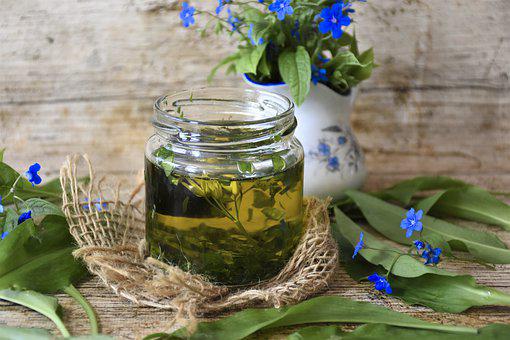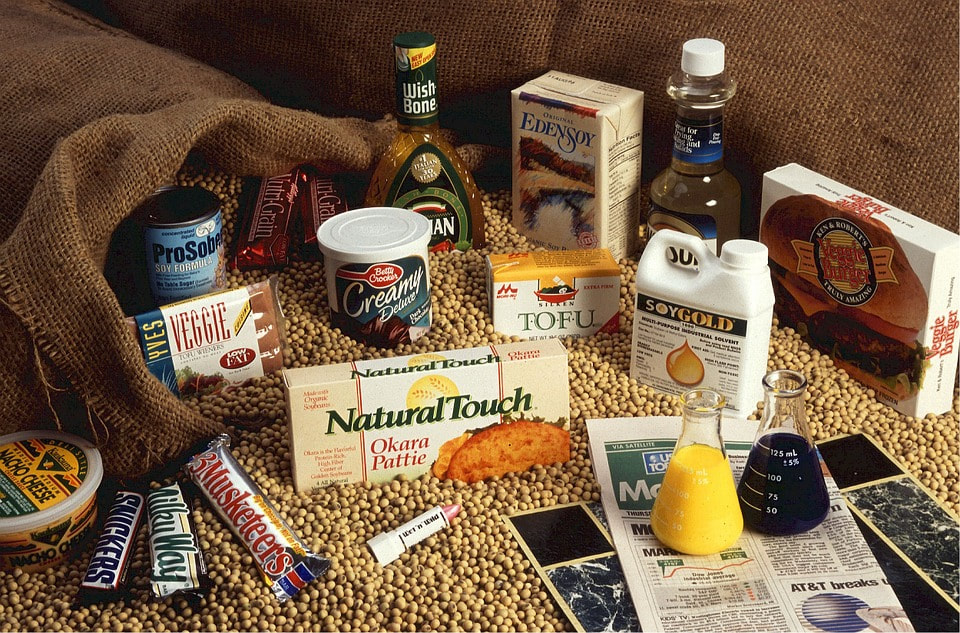Soy and its derivatives are loaded with isoflavones. Rich in amino acids, these flavonoids aid in wound healing and stimulate collagen and elastin synthesis. They have also been known to inhibit trypsin, one of the enzymes responsible for melanin synthesis, which could help brighten skin in cases of hyperpigmentation. Soy mimics estrogen in the body, and this is what can contribute to weight gain in men and women who eat too much soy. There may be an imbalance of hormones. The skin being the largest organ in the body, we can absorb medicines and compounds, both good and bad through the skin. I love what coconut oil does for my skin. I never thought of seeking out soy oil or other soy creams because of the estrogen imbalance it may cause through eating it! Well, this does not make sense. They are 2 different applications. So I am on a journey to experiment with soy oil and creams on my neck and chest.
However, in a cruel twist of fate, if one has have melasma, these same isoflavones could have the opposite effect. That’s because unlike hyperpigmentation, which is usually the result of UV exposure or a response to inflammation, injury or irritation, melasma is generally hormone-related and the isoflavones in soy are phytoestrogens, plant compounds the have an estrogenic effect. I have melasma on my cheeks. They are dark streaks caused by hormones, but look look like regular sun spots, also called age spots, or stripes, and usually caused from exposure or sunburn when I was young. The melasma is not the same as hyperpigmentation, although they look the same. Melasma doesn't respond well to laser treatments, which I used for 7 treatments. The streaks came back. Then my doctor determined my darker streaks are from my aging hormones. So I was guided by a physician to use prescription strength hydroquinone cream, custom made by my dermatologist. I currently use 4% for 6 weeks and take 2 weeks off. I was told that a high SPF is mandatory daily when using the hydroquinone (and forever more).
Because melasma is generally an estrogenic effect, estrogen is capable of accelerating the synthesis of melanin in the skin by enhancing the activity of tyrosinase leading to a darkening of pigmentation. We don't want to create more darkening if darkening is a problem for you. The effects of estrogen levels on skin are most evident during pregnancy when women’s hormones surge. Melasma is often referred to as “the mask of pregnancy” because so many women experience it for the first time during their term. Studies have even shown that estrogen can even affect the colors of birds' feathers!
Soy already has the highest concentration of phytoestrogen isoflavones of any plant, but when used in skin care and cosmetic products, the isoflavones are isolated and concentrated, making them even more potent. In fact, soy isoflavone products are used to aid in estrogen replacement for menopausal women. So, while I will be using the soy creams and pure oil on my aging neck and chest, I will not be using the soy products on my face, where the melasma is.
What to avoid when melasma is a consideration:
Tocopherol (TCP) is vitamin E that is extracted from sunflower, palm, or soybean. Labels usually don’t say which, but it’s often soybean oil because it’s cheap and plentiful. TCP is found in many foods and cosmetics. It may appear on the label as tocopherol acetate, tocopheryl linoleate or tocopheryl nicotinate.
Soy derivatives genistein or daidzein, found in moisturizers and anti-aging compounds.
Glycine soja (a soybean seed extract), laurdimonium hydroxypropyl hydrolyzed soy protein are other identifiers you may see.
While there is disagreement on this topic, it is worth exploring if you are prone to melasma. Try eliminating products and foods with the isoflavone component and see if you see a difference.
I will let you know what my months of experimentation result in, on my neck and chest. I do not have melasma on my neck or chest.
I want to hear from you!
Blessings,
KJ Landis
SuperiorSelf on YouTube





 RSS Feed
RSS Feed